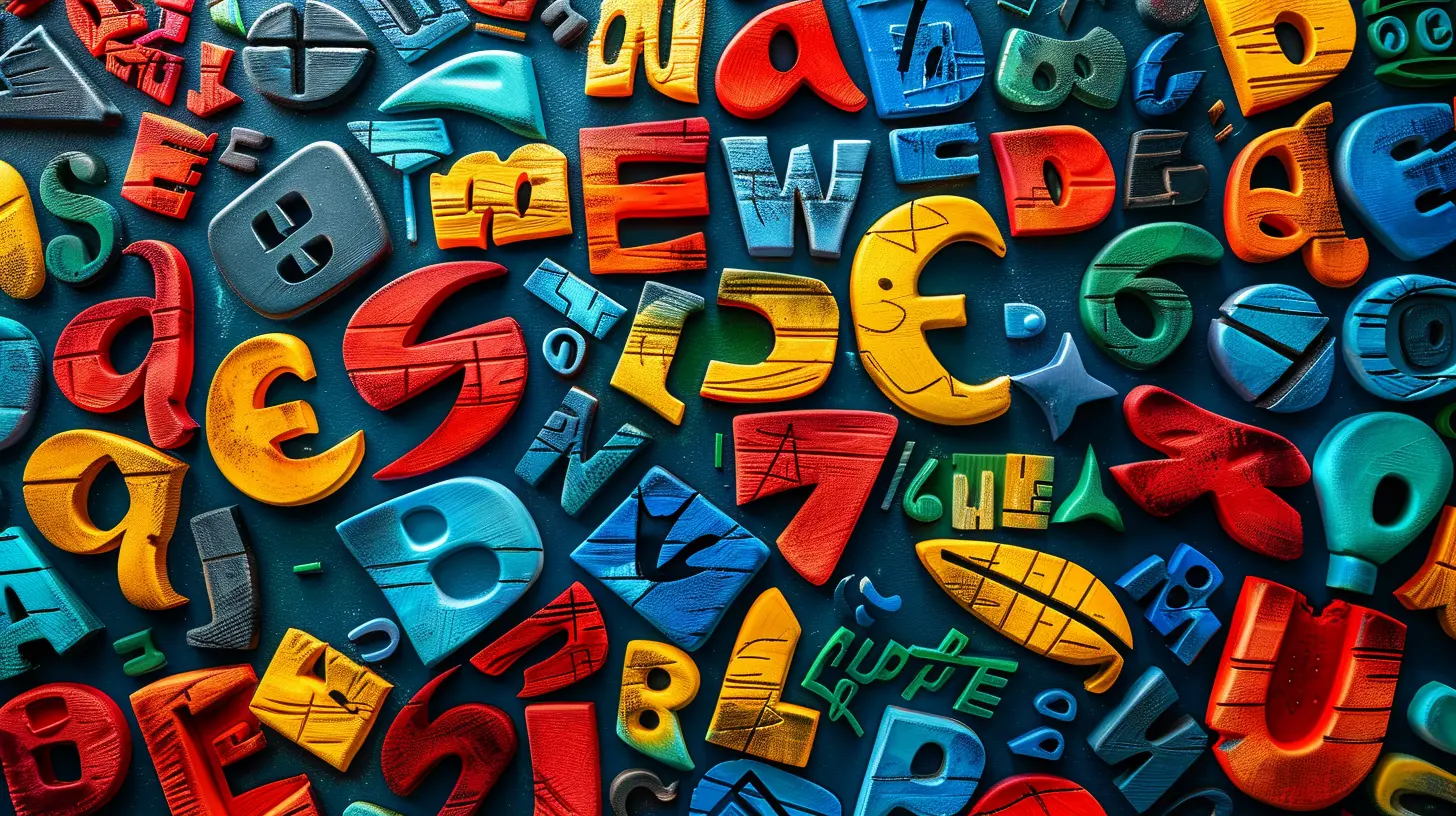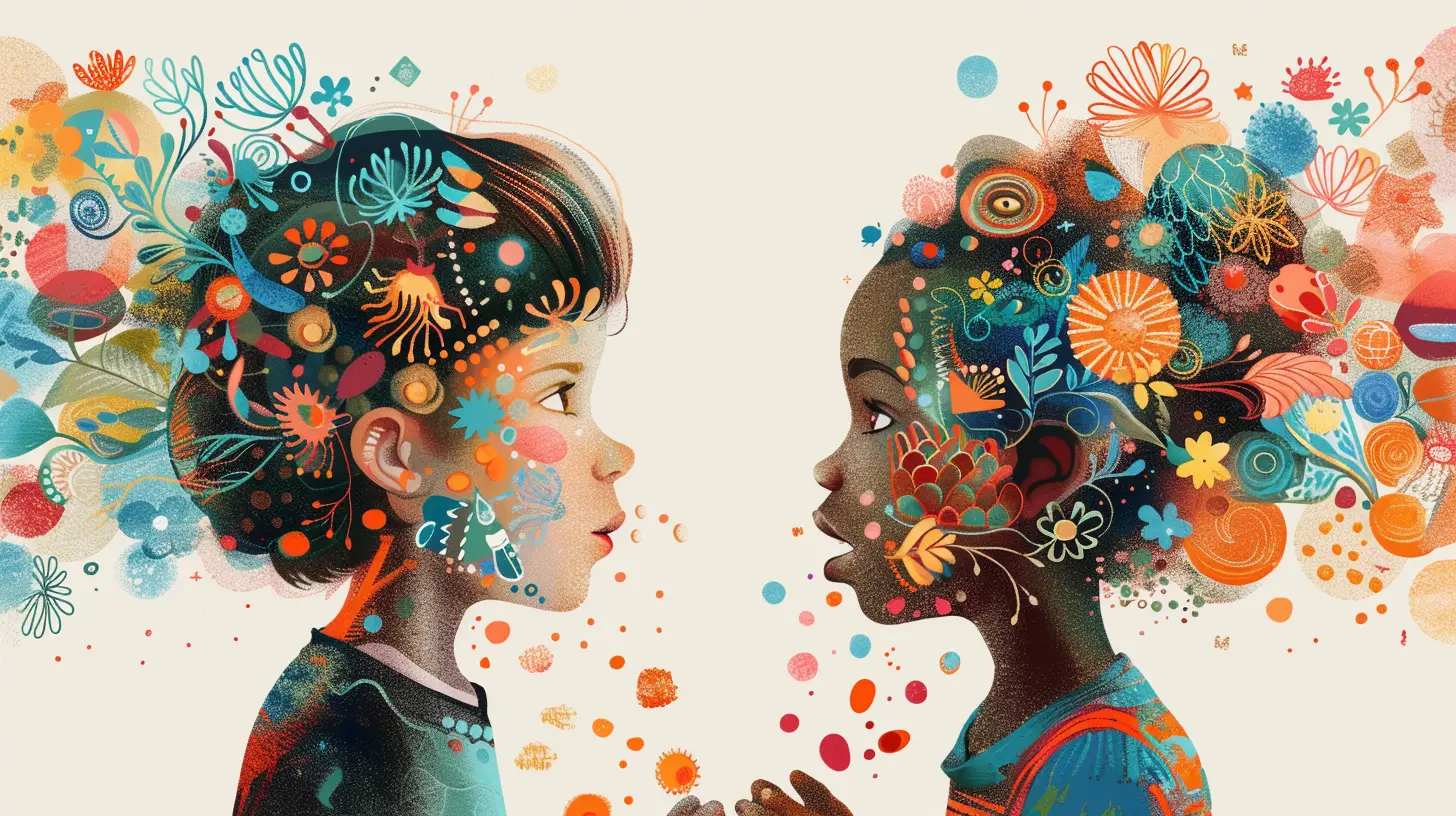From Monolingual to Bilingual: The Journey of Language Acquisition
27 May 2025
Have you ever wondered how some people switch effortlessly between two languages while others struggle? Becoming bilingual is like unlocking a superpower—it opens doors to new opportunities, enhances brain function, and deepens cultural appreciation. But how does the journey from monolingual to bilingual actually work? Is it something anyone can achieve?
In this article, we’ll dive into the fascinating process of language acquisition, from the early stages of exposure to fluency. Whether you're thinking about learning a new language yourself or just curious about how it happens, this guide will take you through the steps, challenges, and benefits of becoming bilingual. 
Why Does Bilingualism Matter?
Before we dive into how people become bilingual, let's address why it matters in the first place.Cognitive Benefits
Studies show that bilingual brains function differently from those of monolinguals. Here’s how:- Enhanced Memory – Learning and using two languages strengthens the brain’s ability to retain information.
- Better Problem-Solving – Switching between languages improves cognitive flexibility, making problem-solving more efficient.
- Delayed Cognitive Decline – Bilingualism has been linked to a delayed onset of dementia and Alzheimer's disease.
Cultural and Social Advantages
- Expanded Communication – Speaking more than one language allows you to connect with more people.- Greater Career Opportunities – Employers increasingly favor bilingual candidates.
- Deeper Cultural Appreciation – Knowing another language often leads to a better understanding of different traditions and perspectives.
Clearly, bilingualism is a superpower—but how do we get there? 
The Science Behind Language Acquisition
The Critical Period Hypothesis
Ever noticed how kids seem to pick up languages effortlessly? That’s because of the Critical Period Hypothesis, which suggests that younger learners have a biological advantage when it comes to language acquisition. However, this doesn’t mean adults can’t become fluent—it just requires a different approach.How the Brain Processes Language
Our brain handles language learning through two key areas:1. Broca’s Area – Responsible for speech production.
2. Wernicke’s Area – Handles language comprehension.
When learning a second language, the brain forms new neural connections, essentially rewiring itself to accommodate the new linguistic system. It’s like upgrading your brain’s software! 
The Stages of Becoming Bilingual
Stage 1: Exposure and Input
The first step in the journey starts with exposure. You can’t learn a language if you’re not hearing or seeing it regularly. This can happen naturally in bilingual households or through conscious efforts like watching movies, listening to music, or engaging with native speakers.> Tip: Surround yourself with the language as much as possible—passive exposure helps more than you think!
Stage 2: Comprehension (Silent Period)
Before you start speaking, your brain absorbs the patterns, sounds, and basic structures of the new language. This is known as the silent period, where understanding comes before speaking.> Think of it like a baby learning to talk—they listen for months before they even try saying a word!
Stage 3: Early Speech and Imitation
Once you start recognizing common words and phrases, the next step is attempting to use them. This stage involves:- Mimicking native speakers
- Making mistakes (which is totally normal!)
- Practicing pronunciation
At this point, confidence is key. The more you practice, the better you'll become.
Stage 4: Conversation and Fluency Development
With enough practice, holding conversations becomes easier. You might still struggle with grammar or finding the right word, but over time, fluency develops naturally.At this stage, immersion is crucial. Look for opportunities to engage in real conversations, whether online, through language exchange programs, or traveling.
Stage 5: Mastery and Cultural Integration
True bilingualism goes beyond vocabulary and grammar. It involves understanding cultural nuances, idioms, and even humor. You know you’ve reached this level when you:- Think in the second language without translating
- Understand jokes and slang
- Can switch effortlessly between languages 
Challenges of Learning a Second Language
Becoming bilingual isn’t always smooth sailing. Here are some common roadblocks and how to overcome them:1. Fear of Making Mistakes
Many learners hesitate to speak because they’re afraid of sounding silly. But making mistakes is part of the process!
> Remember: Even native speakers make grammar errors sometimes. Don’t let fear hold you back.
2. Lack of Time for Practice
Busy schedules can make language learning tough. The key is consistency—just 10 minutes a day can make a difference.
> Try using language-learning apps, setting your phone to the new language, or labeling objects around your home.
3. Struggling with Pronunciation
Different languages have sounds that might not exist in your native tongue. The best way to improve? Listen and repeat.
> Shadow native speakers by repeating what they say immediately after hearing it.
4. Hitting a Plateau
It’s common to feel stuck at an intermediate level. To push through, challenge yourself by reading books, watching TV shows, or even thinking in the language.
Best Strategies for Learning a New Language Faster
Want to speed up your journey to bilingualism? Try these techniques:1. Immerse Yourself
Surround yourself with the language as much as possible. Change your phone settings, watch foreign films, and find conversation partners.2. Use Spaced Repetition
Apps like Anki and Duolingo use spaced repetition to reinforce vocabulary at optimal intervals, making memorization easier.3. Speak from Day One
The sooner you start speaking, the faster you'll improve. Don’t wait until you “feel ready”—jump in and practice!4. Make It Fun
Find enjoyable ways to practice, like learning through songs, playing language-based games, or writing a diary in your target language.5. Find a Language Partner
Practicing with a native speaker is one of the most effective ways to improve. Websites like iTalki or Tandem can help you connect with language partners.Final Thoughts
The journey from monolingual to bilingual is exciting, challenging, and incredibly rewarding. While kids may have a natural advantage, adults can absolutely achieve fluency with the right strategies and dedication.Whether you’re learning for travel, work, or personal growth, bilingualism opens up a whole new world. So why wait? Start your language-learning adventure today—you might just surprise yourself with how far you can go!
all images in this post were generated using AI tools
Category:
Bilingual EducationAuthor:

Monica O`Neal
Discussion
rate this article
3 comments
Aleta Hernandez
Ah, the bilingual journey! It's like trying to juggle flaming torches while riding a unicycle—exciting, slightly chaotic, and definitely requires a good sense of humor (and maybe a helmet)! Let the language Olympics begin!
June 5, 2025 at 2:56 AM

Monica O`Neal
Absolutely! Embracing the chaos with humor makes the journey all the more rewarding. Here’s to the thrilling ride of language learning! 🎉
Nym Klein
Great insights! Bilingualism enriches cognitive development greatly!
June 4, 2025 at 11:24 AM

Monica O`Neal
Thank you! I'm glad you found the insights valuable. Bilingualism truly offers remarkable cognitive benefits!
Justice McKittrick
This article effectively highlights the challenges and triumphs of transitioning from monolingualism to bilingualism. It provides valuable insights into language acquisition that many learners will find relatable and encouraging. Great read!
June 1, 2025 at 10:17 AM

Monica O`Neal
Thank you for your kind words! I'm glad you found the article insightful and relatable. Your feedback means a lot!



